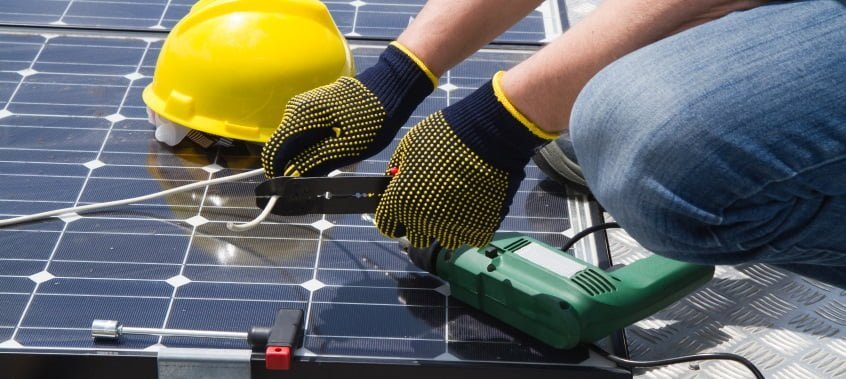Let our experts find the best solar system for you
Find out more about SolaRIS
Let our experts find the best solar system for you
Find out more about SolaRIS
Solar PV Systems are one of the most economical and environmentally-friendly ways to generate electricity. By installing solar PVs, you are not just saving a lot of money on your electricity expenses; you’re also helping saving the environment from the negative impacts that are caused by traditional energy sources.
For starters, a 60-watt solar PV would be an excellent choice whether for off-grid or grid-connected solar power. But a lot of people would also ask: “Can I possibly install the solar PV system myself?”
First off, if you’re not very familiar with any of the electrical work and/or plumbing, it would be safer if you find a qualified installer to install your solar PV system. However, if you know that you are a skilled ‘do-it-yourself’ handyperson who have knowledge in electrical system and plumbing, then you can install your own solar PV system.
Since there are many do-it-yourself solar products that are available now, you may do your own solar installation if you’re absolutely sure that you have the right (technical) skills. You just have to remember, though, that installing the system yourself will actually mean that you may not get qualified for the grant or incentives from the government or your electricity provider (see Net Metering Scheme).

Before you start the installation process, make sure that you have the following information to avoid improper installation:
Step 1: Create your box or panel, which should basically have a solid wood bottom, 1.5 inch rails for the side and the middle of the panel.
Note: The size of the panels vary, depending on the amount of energy you wanted to generate (panel size to power just your air-conditioning system during the summer is different from the energy you need to power your entire home).
Step 2: Once you already have the exact size and the total number of panels that you need, you will need to build an array (these are solar cells that are linked together with tabs).
Note: Solar cells are fragile so you need to be extra careful with those.
Step 3: Put the cells upside down on a ready-made pattern, and solder the tabs to each cell (¼ inch of plywood for this project will be sufficient enough and the cells usually come with the tabs); when the tabs are already in place, solder each tab to the next cell to build panel of cells; carefully flip them to place in the solar panel.
Step 4: One of the common problems with do-it-yourself solar panels is the moisture that gets inside the unit and degrade the cells. To avoid this, you may use a layer of foam tape around the edges that are 6 inches apart.
Note: You can find foam tapes at any hardware stores.
Step 5: For the products to perform properly and completely successful, include other solar components such as batteries, inverter, and charge controller.
This is the basic process of installing solar panels. You may follow the steps above if you have a limited budget and if you have the right skills, or you may want to contact a professional installer to avoid the hassle that you may have to go through during the installation.